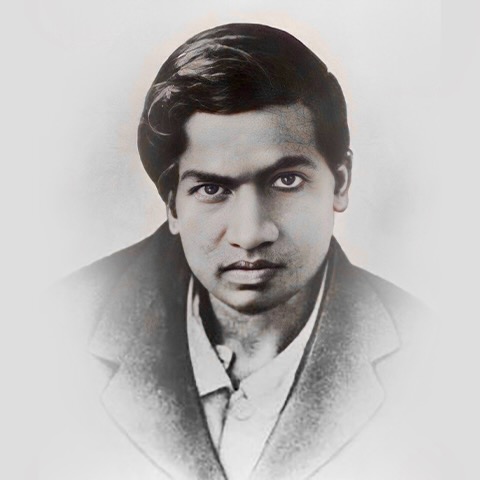Srinivasa Ramanujan

Srinivasa Ramanujan was born on 22 December 1887 in Erode, Tamil Nadu. A brilliant student, he started teaching himself advanced mathematics at the age of 12. Coming from a poor family, he often worked on a slate with chalk due to a lack of paper. In high school, Ramanujan studied an old book called A Synopsis of Elementary Results in Pure Mathematics by G. S. Carr, which inspired his mathematical journey.
Despite his talent, Ramanujan struggled in school as he focused only on mathematics and failed other subjects. He never earned a degree but found work as an accounting clerk at Madras Port Trust. His talent was noticed by Ramaswamy Aiyer, founder of the Indian Mathematical Society, and Sir Francis Spring, who encouraged him to send his work to British professors. While many ignored him, Professor G. H. Hardy of Cambridge recognized his genius and invited him to England in 1914.
At Cambridge, Ramanujan amazed Hardy with his mathematical brilliance. Together, they developed the Hardy-Ramanujan formula for the number of partitions of an integer. In 1918, Ramanujan became the first Indian mathematician to be elected as a Fellow of the British Royal Society. Ramanujan returned to India in 1919, but his health had deteriorated due to tuberculosis. He passed away in 1920 at the young age of 32. Despite his short life, Ramanujan created nearly 4,000 mathematical proofs, equations, and theorems, many of which remain mysteries today. His work continues to influence modern mathematics and physics.
Trivia : National Mathematics Day is celebrated in India on December 22 to mark the birth anniversary of Srinivasa Ramanujan
References:
- Bright Sparks - Indian Scientists by Arvind Gupta
- Srinivasa Ramanujan - Famous Scientists
- Srinivasa Ramanujan - IMSc